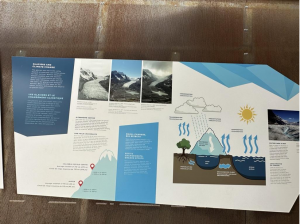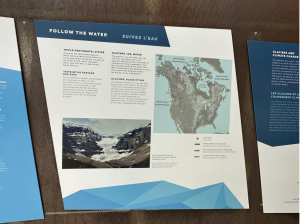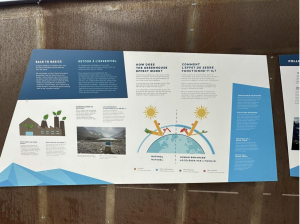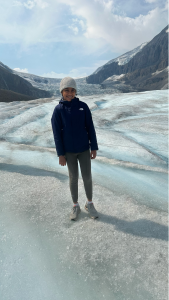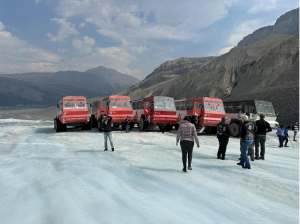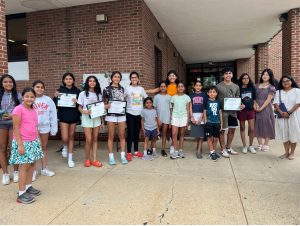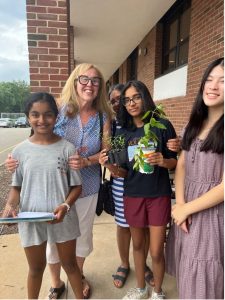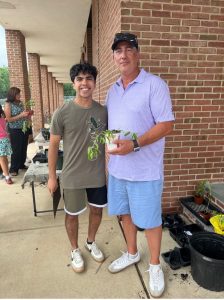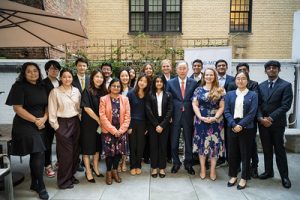
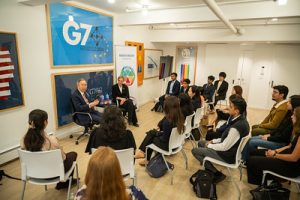
Columbia University’s Eco Ambassadors met with Secretary General Ban Ki-moon at their New York office. The meeting was organized by Ban Ki-moon Foundation. Secretary General Ban initiated the Sustainable Development Goals that are now Global Goals that hundreds of nations are gearing towards. Center for Sustainable Development (CSD) of Columbia University asked the Eco Ambassadors who are champions in spearheading the Sustainable Development Goals in their neighborhoods on their favorite SDGs and why.
Here are some responses from the SDG Champions.
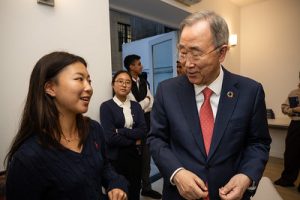
Eunice Lee, 9th grade, Loomis Chaffee School
Having worked in the field of education in developing contexts, SDG Goal 4 holds paramount importance for me. During my English tutoring experience with undocumented immigrants in Malaysia, I gained profound insights into the state of education in this region. While I had always been aware that educational disparities existed, the depth of this issue became strikingly evident to me. I consider myself fortunate to have had the privilege of attending private schools and accessing higher education. Unfortunately, countless children in both developing and developed nations are deprived of similar opportunities. The narratives I encountered, featuring young children with limited access to elementary education due to work obligations or challenging family circumstances, serve as testimonies to our collective failure as a society in protecting their best interests.
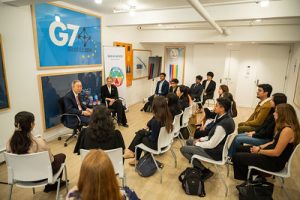
Aryaan Jain, High School, Millburn New Jersey
UN Sustainable Development Goal 15: Life on Land is about protecting, restoring, and promoting sustainable land use and ecosystem preservation. That means sustainable forest management, as well as fighting desertification, and stopping and reversing land degradation and biodiversity loss.Ever since I can remember, one of my favorite hobbies has been to spend time in my backyard, getting my hands dirty and discovering the complex flora and fauna that resided there. In 4th grade,I was obsessed with growing vegetables and herbs, allowing me to witness the miracle of land plants. The following year, I experimented with composting, learning more about how nutrients are returned to the soil. In 7th grade, I participated in a few STEM contests with a friend, designing a smart composter. I eventually discovered the critical role of pollinators in maintaining our agricultural output, so I decided to create a Monarch Waystation and a pollinator rain garden in my yard. It was a magical experience to witness the transformation of chrysalises into monarch butterflies. I also learnt the many other benefits of native plants, including carbon sequestration, water retention, soil health. SDG Number 15, “Life on Land,” is my favorite Sustainable Development Goal as it recognizes the importance of terrestrial ecosystems in the health and preservation of our species. The earth, and the life that lives on it, provide us with clean air, fresh water, food, medicine, and other vital resources. Preserving biodiversity, fighting deforestation, slowing desertification, and promoting sustainable land management practices are some of the most important actions that we, as a civilization, can take to preserve our beautiful world.

By Eshaan Jain, The Pingry School, New Jersey
Like many other children growing up in New Jersey, one of my fondest early childhood memories is our visits to various Jersey shore beaches in summers. I loved playing in the sand, getting in the water and letting the waves wash me ashore, and spot some crabs, jellyfish, sea shells and other marine life. Most of my early childhood and favorite vacation memories are related to marine life like whale watching in Boston or seeing the turtles and sea lions in San Diego. So in 5th grade while participating in an Earth Day Poster competition organized by our Town’s Green Team, I researched plastic waste in Oceans and was shocked to see pictures of dead whales with hundred pound plastic in their stomach or turtles tangled up in fish nets. I was also startled to learn the extent of plastic pollution and that if we continued on this trajectory, by 2050 there will be more plastic in oceans than fish. Encouraged by my family, I, along with my fellow Eco-Ambassador and younger brother Aaryan Jain, set up an educational table in our local library for 3 days and inspired everyone walking through the library to take a pledge to reduce single-use plastic in their daily lives as well as gathered support to pass a local ordinance to ban plastic straws and bags in our town. Aaryan and I showed up at various town events with our bag monster and rallied support. We, along with other student volunteers, showed up at our Township Committee meeting to voice the community’s support for passing an ordinance to ban plastic bags, straws, and polystyrene containers and the ordinance passed in 2020. As I grew older and learned more about the other issues besides plastic pollution destroying the marine ecosystems, I really felt helpless at times but then thinking about the impact I was able to make when I joined hands with other Eco-Ambassadors to pass the plastic ordinance in our town, I committed to myself that I will continue to create awareness and inspire positive action in whatever way I can. Therefore, last year I co-founded a student organization, AllForOceans, with my friend with the goal of engaging the student community by connecting their love for marine life and aquatic sports with a platform to become stewards of ocean’s health. Over the last year, 5 of our members have participated in Scuba Diving trips and received varying levels of the PADI Scuba Diving certifications. While on these trips, students filmed some amazing marine life, but also some unfortunate sights in the form of plastic pollution and trash. By chronicling first-hand experiences of student divers of plastic pollution in the oceans, we hope to create awareness through our social media initiatives. We have also participated in a few different cleanup drives and plan to host many more in the coming school year. This past year, we started to expand into other schools with chapters in New Jersey, Massachusetts, and Singapore. At the moment we have around 30+ members in seven different school chapters. Looking ahead, I hope that using the framework of SDG 14, I can expand AllforOceans to more schools in different countries, and create a global community of young ocean enthusiasts who will all work towards achieving five out of the ten targets set by SDG 14: Reduce marine pollution; protect and restore ecosystems; reduce ocean acidification; sustainable fishing; and conserve coastal and marine areas.
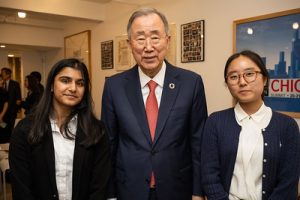
By Eshan Akula, High School, Millburn, New Jersey
My favorite SDG — My favorite SDG is #7 renewable energy. While simple, establishing renewable energy across the world is an important stepping stone towards achieving sustainability. It is vital to enhance renewable energy sources for wider adoption. As of 2022, 81% of the global usage is from non-renewable energy sources. It is startling that despite several government incentives to promote renewable energy, global adoption is less than 30%. However, I believe we are on the right track towards our goal. It is encouraging to see the level of analysis and the new research on renewable energy sources. I conducted a study of sustainable energy sources and from what I learned I believe an exciting future lies ahead. I firmly believe renewable energy adoption is a necessary step towards establishing a sustainable future and I am hopeful for what the future holds.

Prishaa Shrimali, Marymount High School of New York
It is estimated that 2/3 of the world’s population will live in cities by 2030. SDG 11, Sustainable Cities and Communities, stands out as my favorite among the Sustainable Development Goals because this goal seeks to address this issue of a rapidly increasing urban population, which has the potential to be extremely unsustainable. To prevent potential disastrous consequences, SDG 11 sets forth 10 specific targets (such as ensuring access to safe and affordable housing, improving urban transport systems, and enhancing public spaces) to hit and 16 indicator to to serve as metrics to analyze progress. What truly makes SDG 11 remarkable to me is how it exemplifies the intricate interdependence of the social, economic, and environmental pillars. Copenhagen, Denmark, stands out as a prime example of a sustainable city, showcasing innovations like extensive cycling infrastructure and renewable energy adoption to achieve its targets.
Once again, thank you so much for this opportunity. Secretary General Ban Ki Moon was instrumental in advancing SDG 11 through his tireless advocacy for sustainable urban development, and if I were fortunate enough to meet him, I would inquire about the strategies he deems most effective in promoting sustainable cities on a global scale and the role the UN should play in that (aside from providing guidance towards achieving the SDGs).
Shrey Aggarwal, High school, Millburn, New Jersey
My favorite Sustainable Development Goal (SDG) is Quality Education, and it has a very special place in my heart. It’s not only a goal; it embodies my passion, my mission, and a cause that I deeply am passionate about. I feel extremely fortunate to be a student in a developed country with easy access to quality, cost-free education. However, I am aware that not everyone enjoys this privilege. Many children and teenagers around the world do not have the same opportunities I do, and it is this which drives my passion and commitment to this SDG. When individuals have access to high-quality education, they become masters of their own destinies. They learn the information and skills needed to make informed decisions, and lead good community improvements. It is more than just a tool for personal development; it is a pillar of society advancement. Furthermore, access to quality education fosters critical thinking and problem-solving abilities, which are important in solving pressing world issues, such as Climate Change. It empowers them to stand as active global citizens, and to advocate for a better world. The thing that makes this SDG so unique is that it is the fundamental building block upon which all other SDGs fall on. Without access to quality education, individuals don’t have the opportunities and knowledge to learn about and combat the other SDGs. Children are the future, so it is important that everyone has access to a good quality education in order to make this world a better place in the future. I truly believe that education breaks down barriers, and allows for individuals to lead change. Finally, I do believe that all SDGs are of equal importance and each one needs to be addressed, however, quality education is the one that is truly my favourite. I believe that it is not only a goal, but a commitment to making sure that every child, regardless of age, ethnicity, culture, sexual orientation, or background, has equal opportunity to education, so that we can together lead the way to a better, brighter future.”
By Asad Syed, Fairfield Ludlowe High School in Fairfield CT
There are numerous SDG’s which I am passionate about, nevertheless the one I value the most is #13, Climate Action. This SDG is my favorite as it is (in my opinion) the most urgent. With every passing year, disasters related to climate change are becoming more and more frequent and are growing in scale. Wildfires, droughts, flooding and hurricanes are not only disasters which bring about massive amounts of destruction and losses of life, but are also impacted by the effects of Climate Change. If we want to prevent future destruction and loss of life, we need to prioritize Climate Action more. Not to mention, Climate Action also involves many other SDG’s, such as Sustainable Cities and Communities (#11), Responsible Consumption and Production (#12), Affordable and Clean Energy (#7), Industry, Innovation and Infrastructure (#9), Life Below Water (#14) and Life On Land (#15). Therefore, Climate Action is in my opinion the most important SDG and the one I am most interested in.
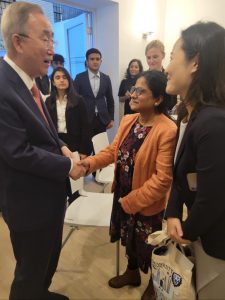

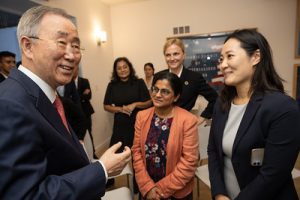

Photo Credit: All pictures ©Scott Heins/Ban Ki-moon Foundation


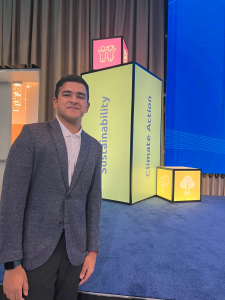

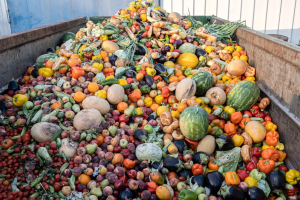

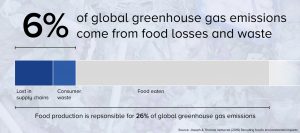
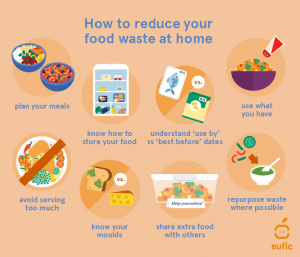





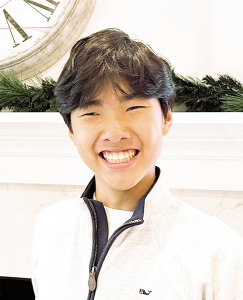

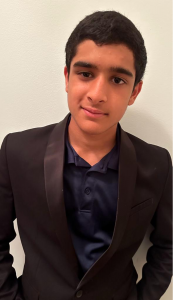 Sustainable development is the practice of reconciling the vast, consuming machine of human industry with nature, the very force it relies on. Sustainability’s urgency must be addressed by the youth, as they will inherit the Earth and cope with a multitude of ecological and climatic problems, including extreme heat, sea level rise, and diminishing ecosystems, as well as the stark inequalities caused by them. In order to face these challenges, we will need to redefine almost every aspect of our economy and society, an endeavor that will take decades of innovation and reform.
Sustainable development is the practice of reconciling the vast, consuming machine of human industry with nature, the very force it relies on. Sustainability’s urgency must be addressed by the youth, as they will inherit the Earth and cope with a multitude of ecological and climatic problems, including extreme heat, sea level rise, and diminishing ecosystems, as well as the stark inequalities caused by them. In order to face these challenges, we will need to redefine almost every aspect of our economy and society, an endeavor that will take decades of innovation and reform.










